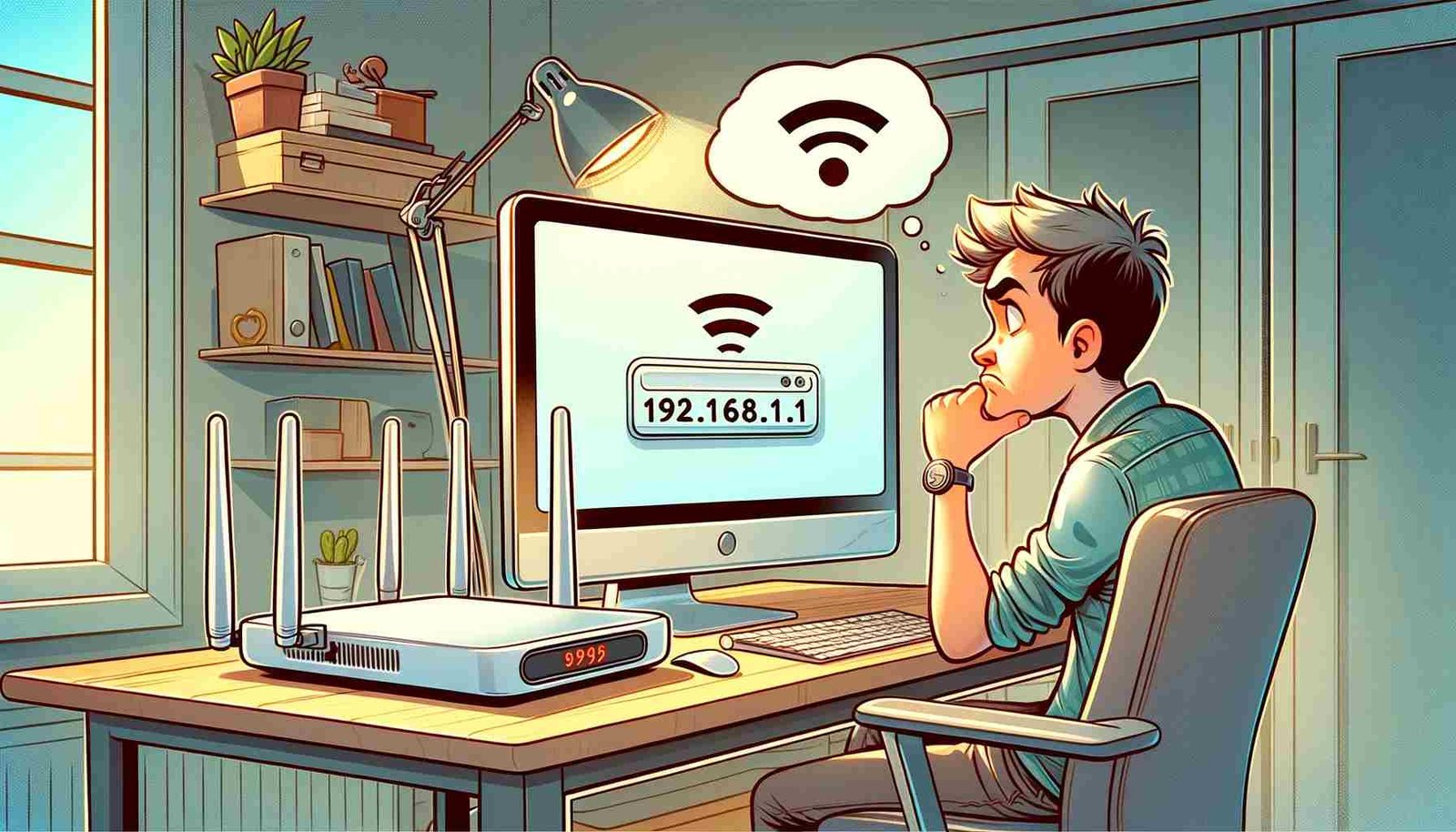In today’s interconnected world, understanding the fundamentals of networking is essential for both professionals and enthusiasts. This article will explore the significance of IP addresses, specifically focusing on the IP address 192.168.101.23 and port 5244. We will cover the concepts of IP addressing, the purpose of ports, common uses, and best practices for managing network security. 192. 168. 101. 23:5244
1. What is an IP Address?
A. Definition
An Internet Protocol (IP) address is a unique numerical label assigned to each device connected to a computer network that uses the Internet Protocol for communication. It serves two main purposes: identifying the host or network interface and providing the location of the device in the network.
B. Types of IP Addresses
- IPv4 Addresses: These are 32-bit numerical addresses, typically expressed as four decimal numbers separated by periods (e.g., 192.168.1.1). They are the most common type of IP address.
- IPv6 Addresses: These are 128-bit addresses designed to replace IPv4 due to the exhaustion of available IPv4 addresses. They are expressed as eight groups of hexadecimal numbers separated by colons (e.g., 2001:0db8:85a3:0000:0000:8a2e:0370:7334).
C. Private vs. Public IP Addresses
- Private IP Addresses: These are used within private networks and are not routable on the internet. The IP address 192.168.101.23 falls within the private range defined by the IPv4 standard (192.168.0.0 to 192.168.255.255).
- Public IP Addresses: These are assigned by Internet Service Providers (ISPs) and are routable on the internet. They allow devices to communicate over the internet.
2. Understanding the IP Address 192.168.101.23
A. Private Network Use
The IP address 192.168.101.23 is commonly used in local area networks (LANs). It is part of a subnet that typically includes devices like routers, computers, printers, and other devices within the same network.
B. Typical Devices Using This IP Address
- Routers: Many home and office routers use the 192.168.x.x range for their local IP addresses. This allows multiple devices to connect to the internet through a single public IP.
- Computers and Laptops: Devices within the same network can communicate with each other using local IP addresses, making file sharing and resource access easy.
- IoT Devices: Internet of Things (IoT) devices often utilize private IP addresses to communicate with the local network and send data to the cloud.
3. The Role of Ports in Networking
A. What is a Port?
A port is a numerical identifier in networking that is used to distinguish between different services and applications running on a device. Each port number corresponds to a specific service or protocol.
B. Port Number Ranges
- Well-Known Ports (0-1023): These are reserved for system or well-known services (e.g., HTTP uses port 80, HTTPS uses port 443).
- Registered Ports (1024-49151): These are assigned to user applications and processes.
- Dynamic or Private Ports (49152-65535): These ports are typically used for temporary connections.
C. The Significance of Port 5244
The port 5244 may be associated with various applications or services. While it is not as commonly referenced as well-known ports, it can be used for specific purposes depending on the configuration of the network or the applications running.
4. Common Uses of IP Address 192.168.101.23:5244
A. Network Configuration
The combination of IP address 192.168.101.23 and port 5244 may be used in local network configurations, allowing users to access specific services hosted on that IP. For example, it could host a web server, application server, or database server.
B. Gaming and Applications
In gaming environments or custom applications, specific IP addresses and ports are often utilized to facilitate multiplayer connections or data exchange. Port 5244 could serve a specific game or application needing direct access to the device at 192.168.101.23.
C. Remote Access
If configured properly, this IP and port could enable remote access to a device. Tools such as Remote Desktop Protocol (RDP) or Virtual Network Computing (VNC) might utilize custom ports to establish connections securely.
5. Networking Security Considerations
A. Importance of Security
Understanding and managing IP addresses and ports is crucial for network security. Misconfigurations can lead to vulnerabilities that hackers may exploit.
B. Common Threats
- Unauthorized Access: Open ports can expose a device to unauthorized access, allowing attackers to gain control.
- Denial of Service Attacks: Attackers may target specific ports to overwhelm a device, rendering services unavailable.
- Data Breaches: If sensitive data is accessible via open ports, it may be vulnerable to interception or theft.
C. Best Practices for Securing IP Addresses and Ports
- Use Firewalls: Implementing firewalls can help filter incoming and outgoing traffic, protecting devices from unauthorized access.
- Regularly Update Software: Keeping software and firmware updated minimizes vulnerabilities that could be exploited.
- Disable Unused Ports: If a port is not in use, disable it to reduce the attack surface.
- Monitor Network Traffic: Regularly monitoring traffic can help identify unusual patterns or unauthorized access attempts.
- Utilize VPNs: Using Virtual Private Networks (VPNs) can secure remote access and encrypt data transmission.
6. Troubleshooting Network Issues
A. Common Issues
- Connection Problems: Users may face difficulties connecting to devices using the IP address and port specified, often due to misconfigurations.
- Timeout Errors: If a service is not responding, users might encounter timeout errors, indicating that the port is blocked or the service is down.
- Inaccessible Services: Sometimes, services may become inaccessible due to firewall settings or incorrect routing.
B. Steps for Troubleshooting
- Ping the IP Address: Use the ping command to check if the device at 192.168.101.23 is reachable.
- Check Port Status: Use tools like
netstator online port checking tools to verify if port 5244 is open. - Review Firewall Settings: Ensure that the firewall is not blocking access to the desired port.
- Restart Devices: Sometimes, simply restarting the device can resolve connectivity issues.
- Consult Logs: Review system and application logs for any errors or warnings that may provide insight into the problem.
7. Conclusion
Understanding the nuances of IP addresses and ports is essential in the realm of networking. The IP address 192.168.101.23 and port 5244 serve as a reminder of the intricate systems that allow devices to communicate effectively and securely. By following best practices for security and troubleshooting, users can ensure their networks operate smoothly and efficiently.
In a world increasingly reliant on digital communication, mastering these concepts will empower individuals and organizations to navigate their networking challenges confidently. Whether setting up a home network, managing a business infrastructure, or simply exploring the intricacies of technology, a solid grasp of IP addresses and ports is invaluable.



